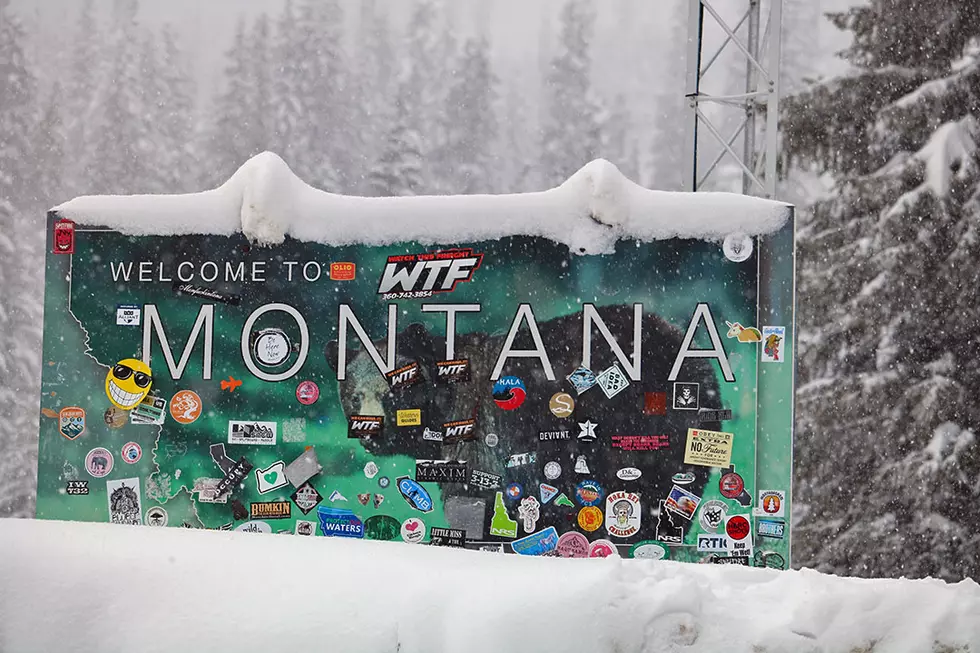
La Niña develops in Pacific; forecast for colder, snowier winter in Northern Rockies
With a touch of trepidation, Missoula International Airport broke the news that the National Weather Service was predicting a La Niña winter, potentially bringing more snow and colder temperatures to the Northern Rockies in the months ahead.
For the airport at least, that means budgeting for winter field operations, adding staff and preparing for possibly more snowfall.
“We had our preseason winter ops meeting with all our tenants, including the National Weather Service, which informed us that we're going to be in a La Niña,” said airport director Cris Jensen. “They expect it to be colder and wetter than normal. We'll deal with it, get through it.”
Corby Dickerson, a meteorologist with the National Weather Service in Missoula, said the Climate Predictions Center has in fact issued a La Niña advisory for the coming winter.
Confidence in the forecast his high for a colder winter, he said.
“The chance of snow is also higher typically during a La Niña winter,” Dickerson said. “Almost every La Niña we've had in the last century has produced at the very least normal snowfall with below normal temperatures, with a very good chance that we could see above normal snowfall and well below normal temperatures.”
Dickerson said the forecast is calling for at least a weak to moderate La Niña winter. The last weak La Niña occurred over the winter of 2017 and 2018. The last moderate to strong La Niña took place in consecutive winters between 2010 and 2012.
While a strong La Niña appears outside the realm of possibilities at this time, Dickerson said a moderate La Niña could take shape.
“We already see the signal developing in the equatorial Pacific Ocean. There's already a cooling trend that's existing across almost all of the equatorial Pacific waters,” he said.
“The other comment that the Climate Prediction Center made in their latest analysis basically said the earth and atmosphere are starting to interact over the equatorial Pacific in a way that continues to fully support a La Niña developing this winter.”
While an El Nino results from warmer equatorial waters in the Pacific Ocean, a La Niña results in the opposite as surface waters along the equator cool. The results greatly influence weather patterns around the globe, including the Pacific Northwest and Northern Rockies.
The Climate Prediction Center said La Niña officially developed in early September and is forecast to continue over the winter. While that could add costs and work at Missoula International Airport and keep the city's maintenance crews busy plowing streets, La Niña often has a positive effect on the ecosystem by recharging mountains with precious snowpack and fueling winter recreation.
Dickerson said a climate focal point will be completed in the coming weeks detailing La Niña's predicted impacts this winter.
“We take a little more time to dig into analogs and parallels, looking at past La Niña events and past La Niña winters and try to come up with what may be the most likely scenario,” Dickerson said. “That outlook will go over the history of La Niña, how La Niña effects us, and what the probability is for below normal temperatures and above normal snowpack.”
